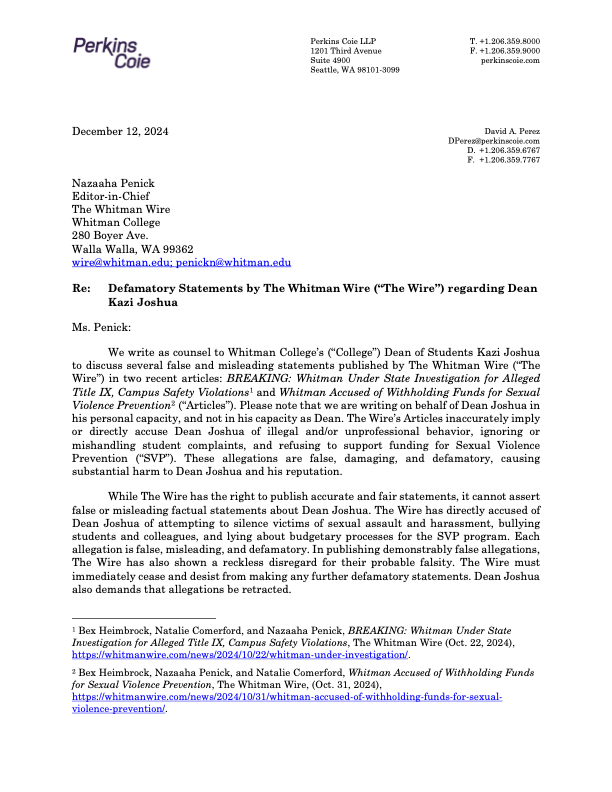
Soy products are often perceived as environmentally-friendly alternatives to meat. In some ways, this can be true, but for many people, this assumption rests on the idea that soy products contain fewer chemicals and are more “natural” than their industrial meat counterparts. What many consumers may not be aware of is that most soy products are processed using hexane, a neurotoxin and EPA-regulated pollutant which can pose serious health problems for factory workers.
A recent study by the Cornucopia Institute documents the many instances where hexane is used in food processing. Its primary use is to separate whole soybeans into soybean oil, fiber and protein. Although soy can be separated in other ways, hexane is the cheapest and yields the highest soy protein content. Organic foods legally cannot be processed using hexane, but there are some exceptions to this rule. Products labeled as “made with organic ingredients” are only required to be 70 percent organic; the remaining ingredients can be processed with hexane. In addition, “certified organic” foods can contain minor hexane-processed ingredients, such as soy lecithin, an emulsifier used in a wide variety of foods.
How serious of a problem is hexane? That depends on who you ask. Studies done on humans have focused on inhalation of hexane, which can be problematic in the high concentrations that some workers at processing plants are exposed to. Prolonged worker inhalation has been linked to muscle weakness and paralysis, according to the Occupational Safety and Health Administration, and one study published in Environmental Health Perspectives linked worker exposure to a disease causing vision loss. Much less is known about oral exposure in humans, and the EPA toxicology report on hexane lists no studies that have been done on the subject. Foods processed with hexane are also not tested for hexane residue.
Bon Appétit General Manager Roger Edens said he is concerned about the use of hexane in food, but doesn’t think there’s enough science to establish a human health risk.
“I think it’s something that really needs to be looked at,” he said. “I don’t think [the Cornucopia Institute study] is enough to clear it one way or another.”
Numerous soy products are used in campus dining halls and Reid Café, including vegan dairy substitutes, tofu, soy sauce and pancake mix. Jewett Dining Hall Manager Julie Zumwalt said none of the soy products Jewett uses claim to be organic, meaning that they are almost certainly processed with hexane. Many dining hall soy products are provided through United Natural Foods, a distributor of natural and organic foods, but Edens said most of them are still non-organic.
For vegetarians and vegans at Whitman, the use of hexane is part of a larger dilemma posed by soy products. Many vegetarians don’t eat meat or animal products in part to limit their impact on the environment, but find themselves left with highly processed soy products as a primary source of protein. In addition, soybeans are often grown in tropical regions where forests are burned or cut down to make room for farms, adding to the food’s environmental impact.
In spite of these problems, first-year vegan Natalie Jamerson said she eats tofu about once a day.
“It is true that growing and processing soy products consumes resources, [but] it is my belief that eating the occasional piece of tofu has a much smaller impact than daily consuming animal products,” she said. “I am alarmed by the presence of chemicals in my tofu, but compared [to] the cholesterol and trans fats that are present in the majority of the population’s diet, I feel like I’m getting the better end of the deal.”
Vegetarian first-year Henry Gales said he was largely unconcerned about the use of hexane in soy products.
“I care in regard to the workers who are at risk, but I doubt it has any serious effects to consumers,” he said. “Breathing in the combustion byproducts of gasoline and the volatile fumes at the gas pump are probably hundreds if not thousands of times worse for you than ingesting minuscule amounts of hexane.”
Edens agreed that it was unlikely that trace amounts of hexane present in foods would have serious human health impacts. He said that concerns about hexane point to a larger problem: the highly processed nature of most of the food we eat.
“If you can’t figure out what it was when it grew, that’s a problem,” he said. “Ultimately, you’re better off if you actually know your farmers.”




